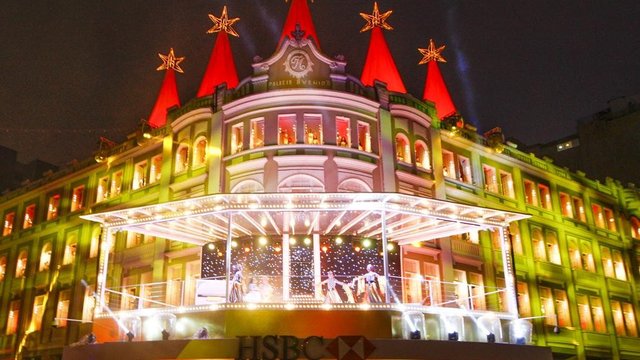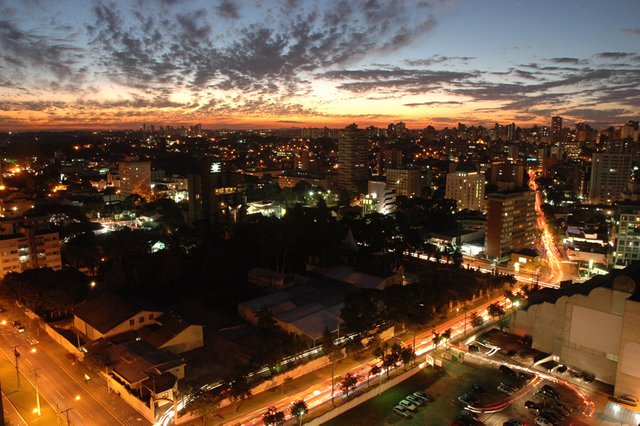Get to know Curitiba Brazil
Curitiba was born indigenous and Portuguese, in the first plateau of Paraná, 934 meters above sea level. Its name means pinheiral, in the language of the Guarani Indians. It refers to the predominance of the Paraná pine in its territory.

The "birth certificate" of Curitiba marks March 29, 1693, when the City Hall was created. At the end of the seventeenth century, culture was subsistence and economic activity was based on mining.

The next economic cycle was Tropeirismo: cattle drivers traveled between Viamão, in Rio Grande do Sul, and the Sorocaba Fair in São Paulo, from where the animals were taken to Minas Gerais. The tropeiros were wintering half-way, in the "campos de Curitiba", camps that were only dismantled after the cold season. They used the winter to do business and ended up inducing Curitiba to be an important commercial warehouse.

Many other brands are due to the tropeiro cycle, which lasted more than two centuries: mate-like mate (hot, because the tererê of the Indians was with cold water), the use of wool ponchos, roasted meat, ground fire that provoked the wheels of prose and the "causos", the scandalized accent - reading hot - the opening of roads and the formation of villages.

Two other economic cycles were practically parallel in the history of Curitiba: the yerba mate and the wood. Its expansion, at the end of the 19th century, led to the construction of the Paranaguá-Curitiba Railway, the first link between the capital of the then Paraná Province and the Coast. Made in five years (1880-85), the railway is one of the greatest works of national engineering, thanks to the brothers engineers Antonio and André Rebouças. It has greatly utilized the labor force of immigrants, who have come en masse since the mid-1800s.

At the beginning of the 20th century, Curitiba benefited from the richness of the herb-mate mills. Their owners, the "mate barons", built mansions for housing in the capital, largely preserved in two significant sets in the districts of Batel and Alto da Glória.
The next economic cycle was the monoculture of coffee, which sowed cities in the north of the state of Paraná, with evident effects on the economy of the capital.
Punished by the weather, the coffee was gradually being replaced by soy, until its complete eradication after the black frost of July of 1975.

The mechanized culture of soy expelled workers from the countryside. Curitiba received large numbers of migrants. He needed quick decisions to avoid urban chaos and anticipate future demands. He invested in urban planning and municipal management centered on man, that is, the 1,587,315 inhabitants counted in 2000.
Thanks for visiting and also subscribe to our blog to help him grow https://steemit.com/@jvssouza



Upvoted.
DISCLAIMER: Your post is upvoted based on curation algorithm configured to find good articles e.g. stories, arts, photography, health, etc. This is to reward you (authors) for sharing good content using the Steem platform especially newbies.
If you're a dolphin or whales, and wish not to be included in future selection, please let me know so I can exclude your account. And if you find the upvoted post is inappropriate, FLAG if you must. This will help a better selection of post.
Keep steeming good content.
@Yehey
Posted using https://Steeming.com condenser site.